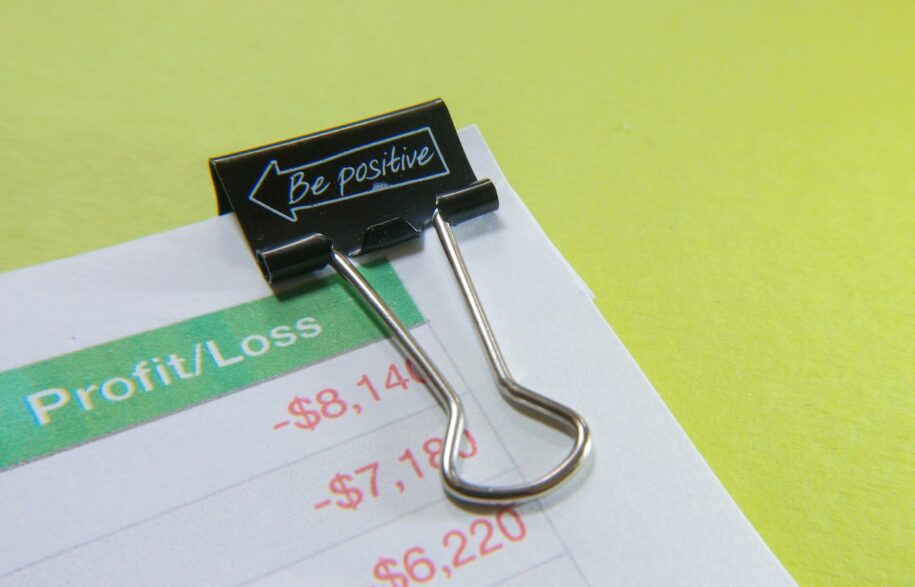Product research and profit margins are the key factors for having a successful Amazon FBA business. Of course, pricing and tracking your products can be done manually one by one, or you can even add formulas to your spreadsheet. But why use outdated manual methods when you can automate the process using a profit loss calculator?
What Is a Profit Loss Calculator?
One of the tools that Wholeseller provides is a profit loss calculator. With this feature, Amazon Sellers can track every product they sell and automatically calculate their profits and losses for a unique period of time. When calculating the seller’s profits and losses, it considers several vectors, including:
- Item’s price
- Amazon fees
- Shipping costs
- And other associated costs
Sellers also have the option to make a complete overview of Amazon fees, cost of goods, profit margins, and other associated expenses. This feature allows FBA sellers to view their overall profitability on each product and gives them a clear picture of how their products performed over time.
How to Calculate Profit and Loss?
If you’re doing this process manually, for each product, you would need to consider 3 factors:
- COGS (Learn more about Cost of Goods Sold)
- Selling price
- Amazon Fees
Then you will need to calculate these 3 factors with the following formula:
Selling Price – GOGS – Amazon Fees = Profit/Loss
Calculating your profit loss manually can be very time-consuming, especially when selling thousands of products. That’s why using a tool like a profit loss calculator will make the whole process much easier because the software keeps on track and calculates everything for you.
How to Use a Profit Loss Calculator
Using Wholeseller’s profit loss calculator is very straightforward. We have a section in our dashboard for analytics. There you can find a table of profits and losses. The table is divided into “Income” and “Expenses,” and you have the option to select different periods: by day, week, month, standard quarters(Q1, Q2, Q3, Q4), and yearly!
This profit loss calculator has 2 additional tables called “Other Incomes” and “Other Expenses,” where sellers can manually add other expenses.
How to Increase Your Profits
Now that you know how to use a profit and loss calculator, you can spend more time analyzing and creating new strategies to increase your sales and profits.
Streamline Your Fees
As an Amazon FBA Seller, you are charged different fees like fulfillment fees, referral fees, subscription fees, etc. Because of these fees, you cannot reach the profit you expect. Here are a few steps that will help you streamline your Amazon fees:
- Analyze your current fees
- Optimize your product pricing
- Choose the right fulfillment option
- Evaluate your subscription fees
- Monitor your fees regularly
Following these steps will help you grow your business and stay competitive when selling products on Amazon’s platform.
Reduce Your Returns
Returns might cause an unwelcome loss of profit in the Amazon business you run. Products that are faulty or damaged may be returned. Some goods cannot be reworked; if they can, it comes at a cost. There is also the risk of collateral damage if your consumers leave a negative review.
Here are some options to consider when this happens:
- Sometimes items get damaged or never reach the consumer, and sometimes refunds for you as a seller never reach your account. Keep track of these and follow up on any outstanding reimbursements.
- Send out automated emails to sellers who want a return. This allows you to tackle the problem while avoiding negative feedback.
- Check with your suppliers to see if you may get a discount on future orders for any faulty or defective sales.
- If you’re getting a lot of returns for the same problem, try to remedy it with product updates and improvements in your next order. Nothing prevents you from improving and evolving a product throughout its existence.
Cut Back On Costly Items
Every FBA Seller has to look in and analyze their data and come up with a conclusion. Sometimes Amazon sellers have to decide whether they should continue selling a product that isn’t profitable or a product that doesn’t sell.
For example, if the product isn’t selling, the sellers pay a bigger storage fee than usual. You can solve this by simply not selling that product.
Negotiate with Your Suppliers
To increase your profit margin, one of the tactics you can use when negotiating with your suppliers is to make a deal with them where you can buy a bigger inventory for a lower price.
Make sure that this will lower your cost per unit so that you can increase your profit margins.
With time when you build a stronger relationship with your suppliers, or if you buy multiple products from them, try negotiating with them for a lower price per item.
Is Amazon FBA Profitable?
To answer this question, we will need to go through some facts. First, we all know that Amazon is growing year by year. According to Statista’s Annual net sales revenue of Amazon, Amazon’s e-commerce sales have increased significantly, from 470 billion U.S. dollars in 2021 to nearly 514 billion U.S. dollars in 2022. As of 2022, most products are sold from online retailers and third-party sellers, which means that more and more businesses and individual sellers are selling products through Amazon FBA (Fulfillment by Amazon).
In other words, Amazon FBA is a profitable business model. But remember that every business has a risk to take, and you must build a solid game plan.

